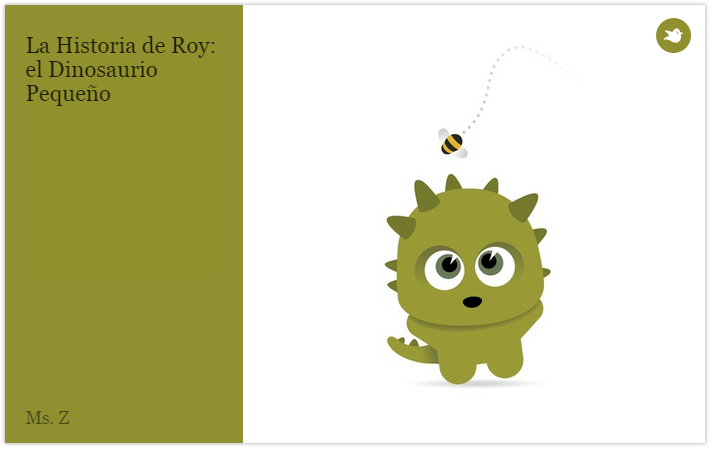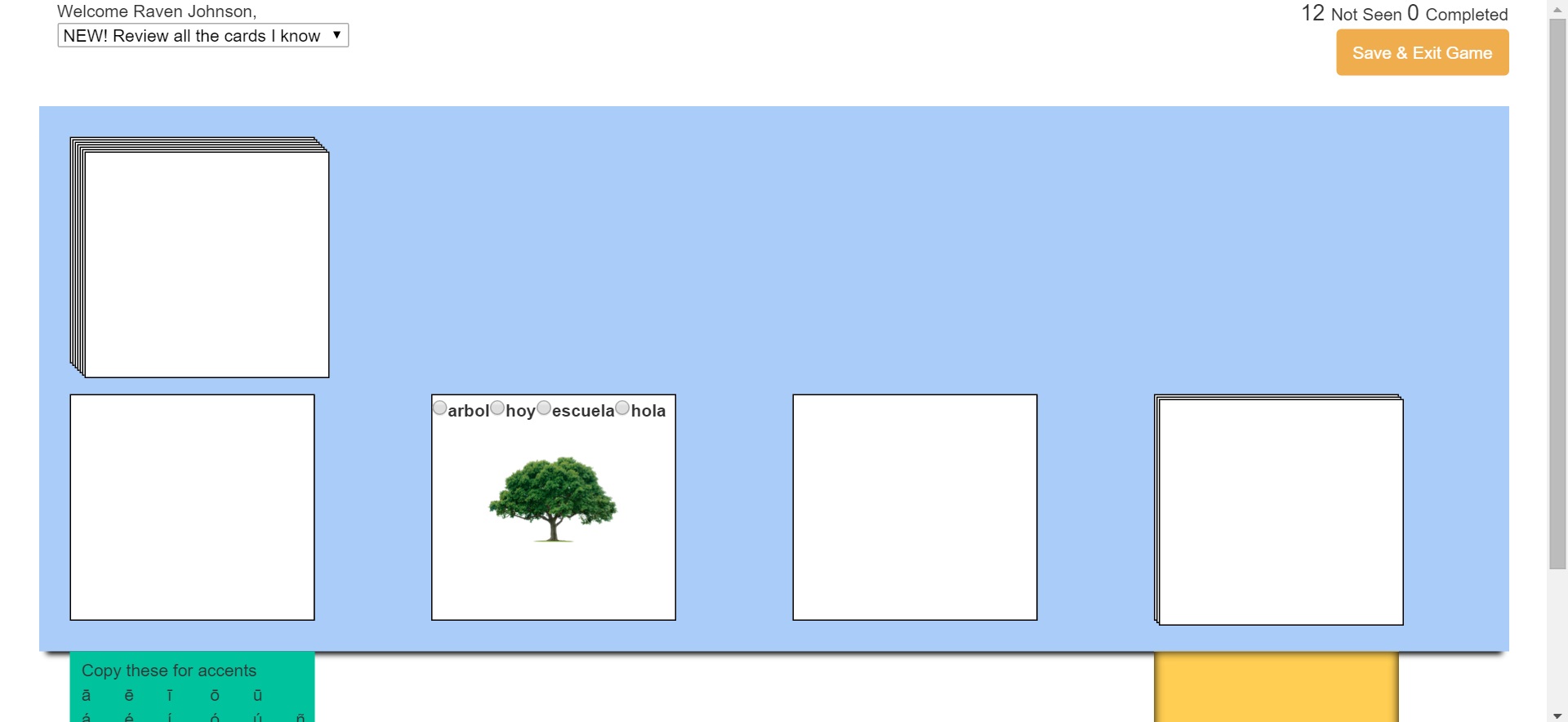If you’re like me, you absolutely hate collecting, grading, and returning paper homework. Studies have shown that the way we usually use homework (ie assign some review exercise, check for completion, and move on) doesn’t even contribute to student learning at all. But, instead of scrapping homework all together, I see a lot of potential in the ‘flipped classroom’ model for world language classrooms. I did a bit of flipping in my class. It wasn’t every night, but at least a few times per unit I would assign online homework, partly because it proved to be a great way to engage students and partly because I believe in teaching computer literacy as well as language. This post includes instructions for creating your own flipped classroom homework assignments for a TPRS or CI approach using storybooks and Google Forms, as well as a complete assignment and all supporting materials.
If you are focusing on Comprehensible Input, you want to have meaningful listening, reading, or writing activities for homework. I love using story books because the images help with comprehension the way my body language would help in class. There are lots of tools online for making cartoons and illustrated stories. My favorite tool, because it’s easy to use and looks great, is storybird.com. Click on the image below to see a story book I used as part of a homework assignment for my middle school Spanish I class:

Storybird has beautiful free artwork that you can easily drag and drop to create professional-looking picture books. This 9-page story took me about 30 minutes to create. There are some limitations: for example, I couldn’t find a way to import custom art and I don’t think it’s possible to use more than one picture per page. But, because of those limitations, you won’t waste time trying to align or resize pictures so they fit exactly right: it’s all done for you as soon as you choose the image you want to use!
I assigned the story above as homework during our 3rd unit (early November) with comprehension questions. My students loved it and, even though some struggled to get online to complete it (I taught at a 100% Title 1 school), they were all able to complete it before the deadline. I did have to accommodate some students during lunch periods and immediately after school. I even had some students use Storybird to make their own stories for extra credit. You are, of course, welcome to use and/or adapt my story. But, I think once you’ve tried it, you’ll want to create your own.
And, since students already needed to be online to read the story, I went ahead and nixed paper altogether for this assignment. I used Google Forms to create a questionnaire with comprehension questions and assigned it to my students. Here’s a screen shot of the questionnaire:

This simple form has a few different question types and even a space for a longer response. Here is a link to the actual questionnaire that students saw and responded to (and a link to the original editable document so that you can make your own copy). And, because I have a lot of students with IEPs, I made a modified version of the questionnaire (and the editable doc for the modified questionnaire).
NB: Do not use these URLs with your students! If you do, I and the rest of the word will be able to see their responses. Instead, go to the editable version of the form and click on “file” and then “make a copy.” This will allow you to make your own, private version of the doc and share it with your students. If you need help using Google Apps, check out this simple article).
The great thing about using Google Forms is that I get all the students’ responses in one spreadsheet so I can grade it super quickly. (click the image below to enlarge)
To be honest, this homework assignment took me a bit longer to create than I would have liked (almost an hour when you add it all together). But, the extra time invested paid off because the grading went so much more quickly when everything was at a glance. If my school had Google Classroom it would have been even easier (I wish)! It also saved me a trip to the copier. Not to mention that my students had a lot more fun with this than other assignments and way more of them completed it on time than usual.
Please let me know what you think about this assignment in the comments. And, if you have your used Storybird or any other tool to make CI stories for homework, I’d love to see them!




